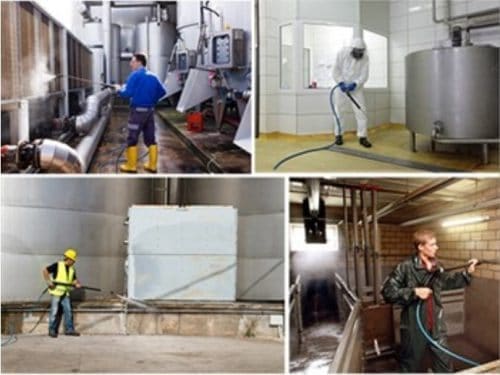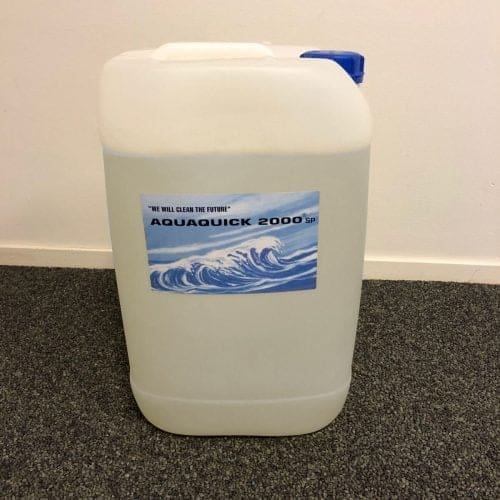Keeping your car’s fuel system clean is crucial for optimal performance and longevity. Over time, debris, rust, and contaminants can accumulate in the fuel tank, causing a range of issues, including engine misfires and reduced fuel efficiency. This guide will show you how to effectively use a fuel tank cleaner to keep your car’s fuel system in top shape.
Why Cleaning Your Fuel Tank Is Important
Fuel tanks are prone to collecting dirt, rust, and sediment, which can clog fuel filters and injectors. Ignoring this can lead to significant engine problems and costly repairs. Regular cleaning using a fuel tank cleaner helps prevent these issues, ensuring your car runs smoothly.
Materials You’ll Need for Cleaning a Fuel Tank
Before you begin the cleaning process, gather all necessary materials. Having the right tools will make the process smoother and more effective.
1. Fuel Tank Cleaner
A specialized fuel tank cleaner is essential for breaking down sludge, rust, and other contaminants. AQUAQUICK is a great option to consider for this purpose, as it’s safe for both the environment and your fuel system. It effectively cleans the tank while protecting the components from damage.
2. Fuel Siphon Pump
To remove the old fuel from your tank, you’ll need a fuel siphon pump. This is important to prevent mixing old fuel with new, clean fuel after the tank has been cleaned.
3. Wrench Set
You’ll need a wrench set to detach the fuel tank from your car if necessary. In most cases, it’s easier to clean the tank once it’s removed.
4. Cleaning Cloths and Brushes
A set of microfiber cloths and brushes will be helpful for scrubbing the interior of the tank and wiping away dirt and debris.
5. Protective Gear
Always wear gloves and safety goggles when handling fuel or cleaning chemicals to protect your skin and eyes.

Step-by-Step Process to Clean Your Fuel Tank
Now that you’ve gathered your materials, follow these steps to thoroughly clean your car’s fuel tank using a fuel tank cleaner.
Step 1: Drain the Fuel Tank
The first step is to remove all the fuel from your tank. Use a fuel siphon pump to carefully extract the old fuel. Ensure you store the fuel in a proper container for safe disposal later.
Step 2: Remove the Fuel Tank (Optional)
While it’s possible to clean the tank while it’s still attached to the car, removing it allows for a more thorough cleaning. Use a wrench set to detach the fuel tank from your vehicle. Make sure to consult your car’s manual for instructions on how to safely remove the tank.
Step 3: Apply the Fuel Tank Cleaner
Once the tank is empty and detached, pour the fuel tank cleaner into the tank. AQUAQUICK, for example, is designed to break down stubborn grime and rust without harming the tank’s material. Swirl the cleaner around, making sure it reaches every part of the tank’s interior.
Step 4: Scrub the Interior
For tough spots, use a cleaning brush to scrub the interior of the tank. Be careful not to damage any parts of the tank while scrubbing. The fuel tank cleaner will make it easier to dislodge any rust or sludge.
Step 5: Rinse and Dry the Tank
After scrubbing, thoroughly rinse the tank with clean water. Allow the tank to dry completely before reattaching it to your vehicle. Any leftover moisture can contaminate your new fuel, so this step is crucial.
Step 6: Reinstall the Fuel Tank
Once the tank is completely dry, reinstall it into your car. Use your wrench set to secure it back into place, following your vehicle’s manual for guidance.
Step 7: Refill the Tank
With your clean fuel tank reinstalled, refill it with fresh fuel. Consider adding an additional dose of fuel tank cleaner to the fuel for ongoing maintenance. AQUAQUICK can also be used periodically to ensure your fuel system remains clean and efficient.

How Often Should You Clean Your Fuel Tank?
Cleaning your fuel tank is not something you need to do frequently, but it’s important to know when it’s necessary. Here are a few signs that indicate it might be time for a deep clean with a fuel tank cleaner:
- Reduced Fuel Efficiency: If you notice that your car’s fuel economy is decreasing, it could be due to contaminants in the fuel tank.
- Engine Misfires: Dirt and debris can clog your fuel injectors, leading to engine misfires or stalling.
- Dirty Fuel Filter: If your fuel filter is frequently clogged, it might be a sign that your fuel tank needs cleaning.
- Rust: If you see rust in your fuel system or on your fuel filter, it’s time to clean the tank thoroughly.
By cleaning your fuel tank every couple of years or whenever you experience the symptoms above, you can prevent costly repairs and extend the life of your car’s engine.
Preventing Future Buildup in Your Fuel Tank
Prevention is key to avoiding frequent cleanings. Here are a few tips to keep your fuel tank clean and running efficiently:
1. Use High-Quality Fuel
Using high-quality fuel can help prevent contaminants from building up in your fuel tank. Low-grade fuels often contain impurities that can accelerate sludge formation.
2. Add Fuel Additives
AQUAQUICK is not only useful for deep cleans but also as a regular fuel additive. Adding it periodically can help break down minor buildup and keep your fuel system running smoothly.
3. Regularly Check Your Fuel Filter
Inspect your fuel filter regularly and replace it when necessary. A clogged fuel filter can force contaminants back into your fuel tank, leading to more frequent cleanings.
Conclusion
Cleaning your car’s fuel tank is essential for maintaining a healthy fuel system and preventing engine problems. With the right tools, such as a quality fuel tank cleaner like AQUAQUICK, you can ensure that your tank remains free from sludge, rust, and other contaminants. By following this guide and incorporating regular maintenance, you’ll extend the life of your vehicle and improve overall performance.














